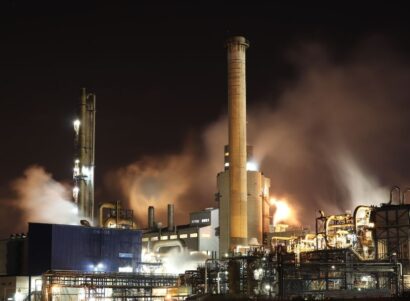Background
Low-cost air monitors are increasingly used by researchers, public health agencies, and the public to measure spatial and temporal variations in local air pollution. In Richmond, California, community organizations have sought to deploy air sensor networks to identify persistent local emissions sources and develop emissions reduction plans for improved air quality. As part of a broader effort involving these community organizations, the study, The Value of Adding Black Carbon to Community Monitoring of Particulate Matter, evaluates how monitoring for black carbon (BC) and nitrogen dioxide (NO2), in addition to fine particulate matter (PM2.5) might be more insightful than measuring PM2.5 alone.
While low-cost PM sensors provide a valuable measure of harmful PM2.5, a significant portion of ambient PM2.5 is typically the byproduct of air pollution emitted by various regional sources outside of community boundaries. In contrast, concentrations of BC (a component of PM2.5) are directly related to a few specific sources, such as diesel engines running within communities. The goal of the study was to characterize local emission sources and their activity patterns in order to provide more actionable information for communities. This research involved a suite of custom-built BC sensors developed and deployed by our collaborators at Lawrence Berkeley National Lab at UC Berkeley, alongside PSE’s Richmond Air Monitoring Network of low-cost PM and NO2 sensors during two four-week periods in two seasons at 50 stationary locations in the adjacent cities of Richmond, North Richmond, and San Pablo, California, east of the San Francisco Bay.
Key Findings
Compared to PM2.5, concentrations of BC were more variable over time and across different locations. During the winter, the average concentration of BC in the air was three times higher than in the spring months, while levels of PM2.5 changed by 10% from winter to late spring. When looking at the various monitoring sites, the levels of PM2.5 were more consistent in general. In contrast, two-thirds of sites had BC levels that were significantly outside of the average BC concentrations recorded in the area.
The study suggests that BC varies more from one location to another and showed that the most and least polluted locations were more persistent across seasons for BC compared to PM2.5. The variations over time of BC at these sites were also similar, signifying that they are impacted by the same emission sources. Based on the results from this study, researchers believe BC is a more reliable indicator than PM2.5 for identifying nearby air pollution sources and recommend that community sensor networks track both BC and PM2.5 to get a fuller understanding of local emission sources.

 Study
Study






